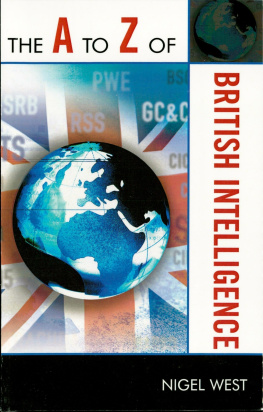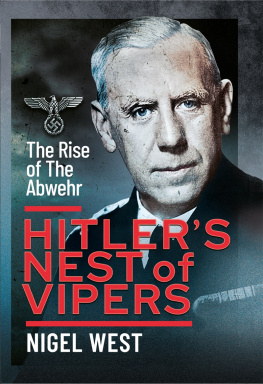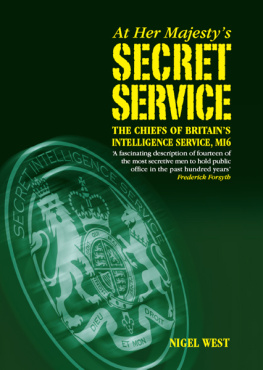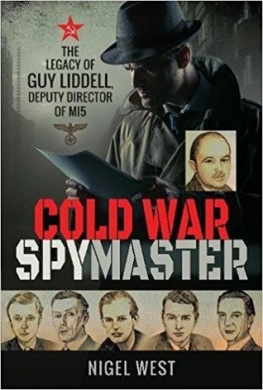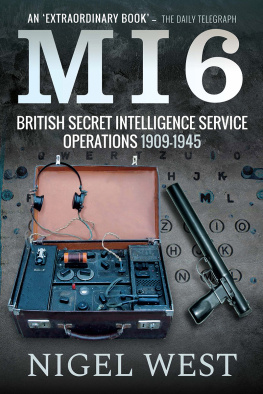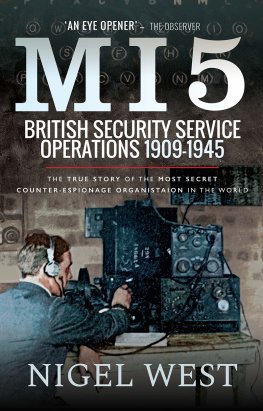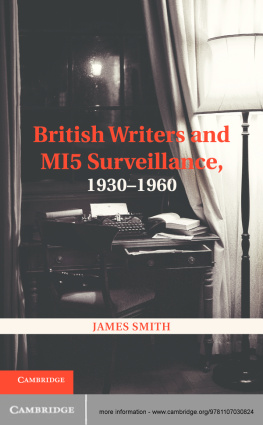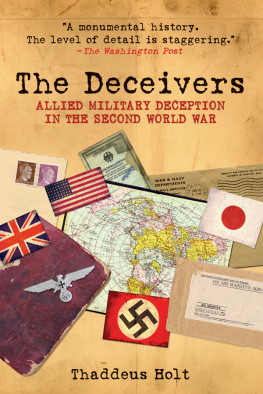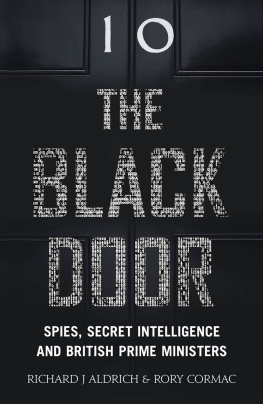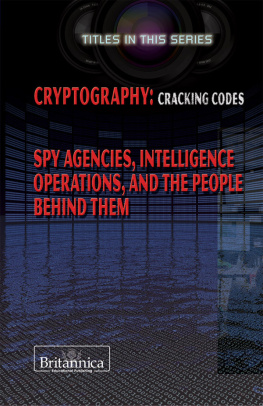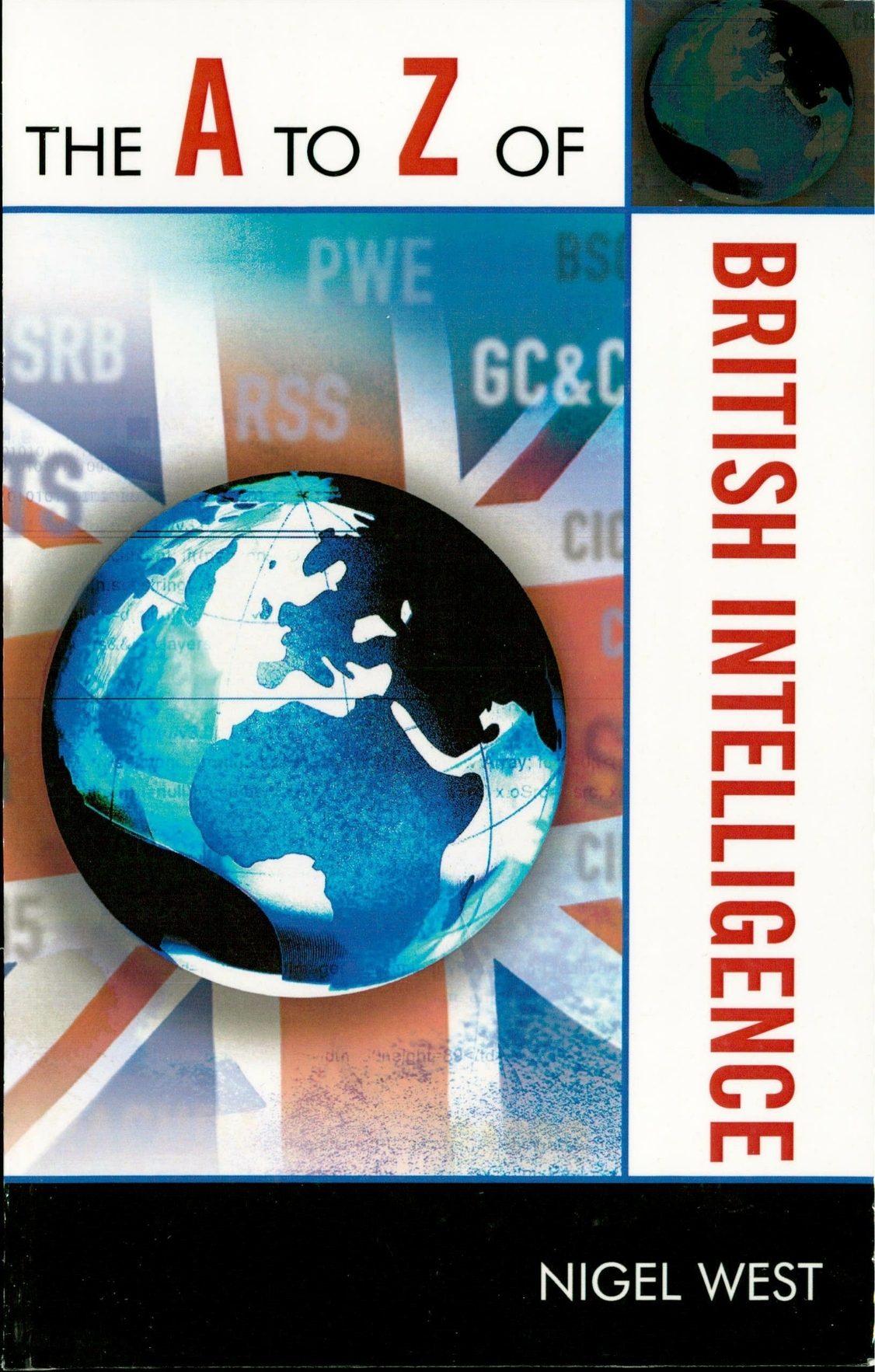INTRODUCTION
One of the many paradoxes at the heart of British Intelligence is the enormous amount that has been published on a topic that supposedly is top secret. How can a Secret Service really be secret when details of its history, operations, and personnel are so widely available, and have been for years? Disclosures about Britains clandestine agencies date back to the 19th century when Thomas Beach, alias Major Henri le Caron, released Twenty-Five Years in the Secret Service: The Recollections of a Spy (1893). However, it was probably the inspirational creator of the Boy Scout movement, Sir Robert Baden-Powell, who made the subject appealing to a wider readership with My Adventures as a Spy in 1915. The following year, in 1916, the former Liberal MP Trebitsch Lincoln caused a furor in New York with Revelations of an International Spy, purporting to be an account of his work as an agent, initially for the Germans and then for the British. Sixteen years later his appropriately titled memoirs, published in Germany, The Autobiography of an Adventurer , were translated and published in the United States.
Following World War I, there were further revelations, falling into two broad categories: the memoirs of participants who gave accounts of their adventures, and more general books written by journalists anxious to capitalize on the enduring popularity of the second oldest professionand often none too scrupulous with their facts.
Books by the authentic intelligence officers who went into print include J. C. Lawsons Tales of Aegean Intrigue, Sir Campbell Stuarts The Secrets of Crewe House , Captain L. B. Weldons Hard Lying: Eastern Mediterranean 19141919, and I Was a Spy! by Marthe McKenna, a book remarkable for an endorsement with a foreword from Winston Churchill. There was also Who Goes There ? by Henry de Halsalle, who described his book as an account of the Secret Service Adventures of Ex-Intelligence during the Great War of 19141918; Sam Hoare with The Fourth Seal; William Gibson in Wild Career; and Strange Intelligence: Memoirs of Naval Secret Service by Hector Bywater. Sir Paul Dukes, the author of Red Dusk and the Morrow: Adventures and Investigations in Soviet Russia, returned to his theme of his own involvement in espionage in 1938 with The Story of ST-25. Similarly, George Hill, who was also operating in Russia during and after the Bolshevik Revolution, wrote Go Spy the Land in 1932 and tapped the same vein in 1936 with Dreaded Hour. Whereas Hill wrote about his own assignment, Henry Landau set a precedent in 1934 by making more general revelations with Alls Fair, which he followed soon afterward with three other titles, all describing his wartime activities for the Secret Intelligence Service (SIS) on the continent, and all published from the safety of the United States where he could not be threatened with prosecution under the Official Secrets Act.
That the authorities took the confidentiality that was supposed to surround SIS seriously had been demonstrated in 1932 when Compton Mackenzie was convicted and fined at the Old Bailey for indiscretions contained in his memoirs, Greek Memories, in which the author recalled his participation in SISs wartime operations in the Eastern Mediterranean. Others in not dissimilar positions published memoirs apparently without incurring the wrath of Whitehall. For example, Edwin Woodhall, one of a handful of Metropolitan Police Special Branch officers seconded to France on counterintelligence duties in 1914, wrote Detective and Secret Service Days in 1932, followed soon afterward by Spies of the Great War.
Within this first category should be included those authors who wrote what they claimed to be firsthand accounts of their exploits that did not always bear close scrutiny. The tone was set with My Secret Service, by The Man Who Dined with the Kaiser. This was followed by I Spy! Sensational Disclosures of a British Secret Service Agent by Baroness Carla Jenssenactually Mrs. Stafford Lewis, famously described by MI5s Guy Liddell as a bankrupt and an adventuresswhich is among the first in the genre that was to become especially prevalent after World War II. Similarly, Marthe McKenna wrote no less than three other works of nonfiction about espionage after the success of I Was a Spy!, and also produced eight spy novels. The gray area between fact and fiction, which in later years was to become even more blurred, was exemplified by Sidney Reillys wife Pepita who, eight years after his mysterious disappearance over the Soviet frontier in 1925, published Sidney Reilly: Britains Master Spy. How much of her tale was really true? Only a few of the cognoscenti knew, and their lips were sealed. Similarly, Allan Monkhouse, who had been accused of espionage in Russia, released Moscow, 19111933 without ever acknowledging that he had indeed been working in the Soviet capital for years as an SIS agent.

